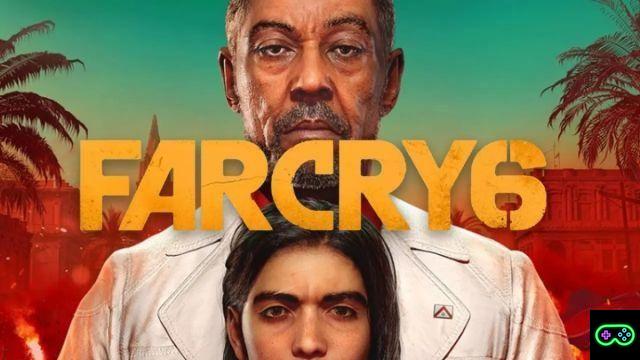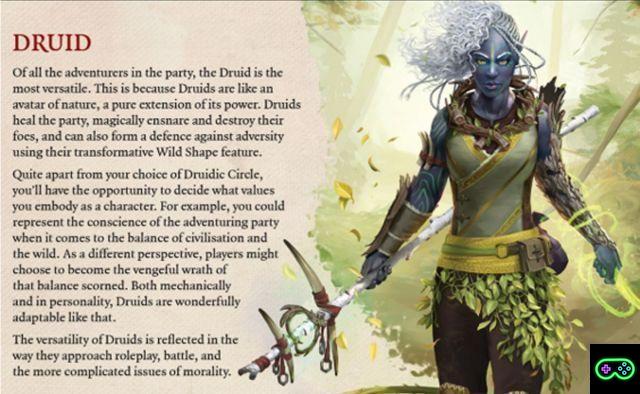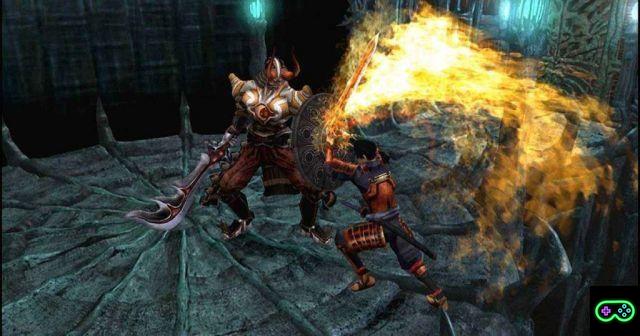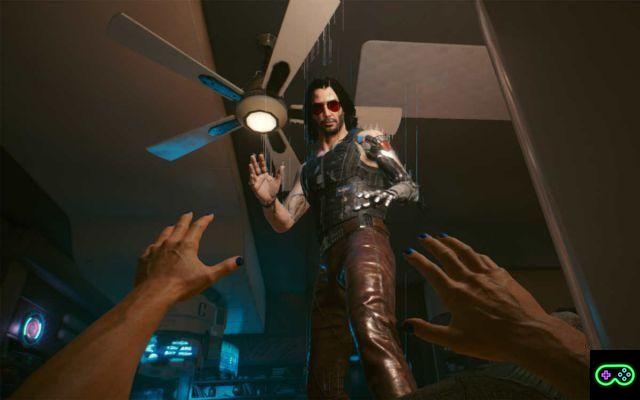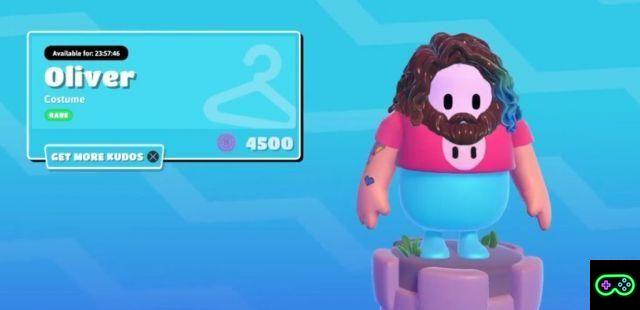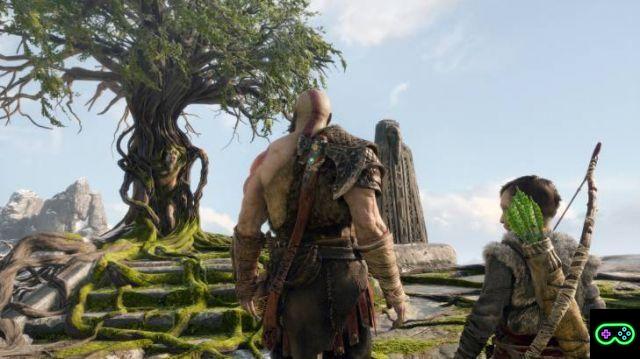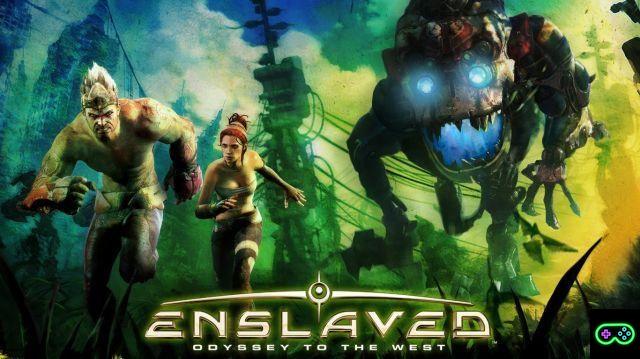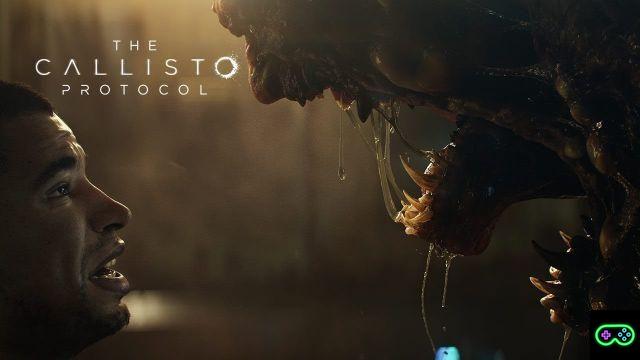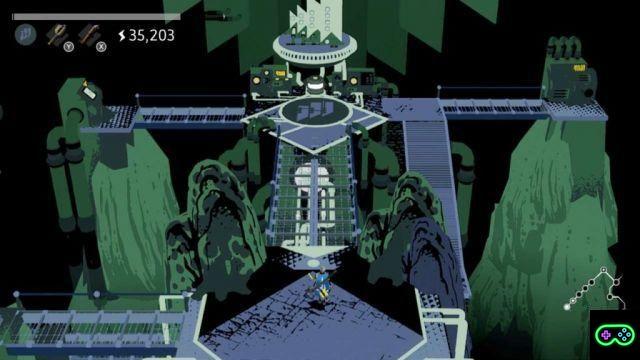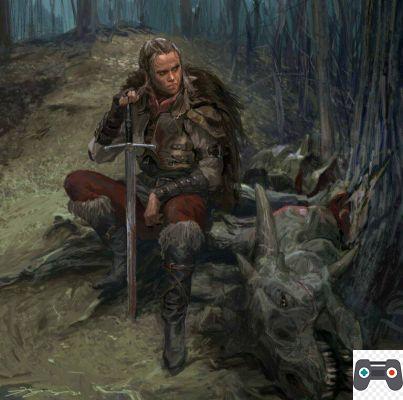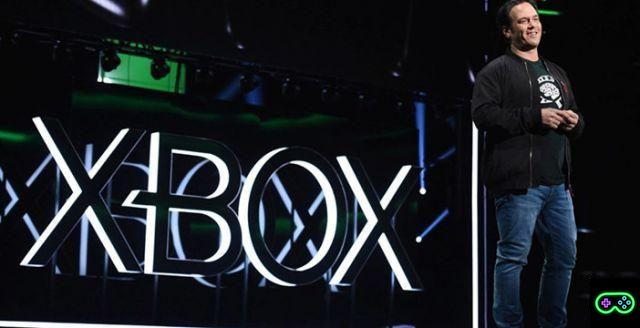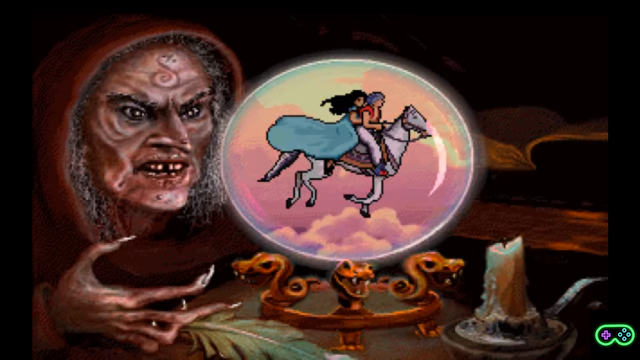A few days ago the i took place The Game Awards, prizes that - at the end of each year - are awarded to the latest video games released on the market. It's been a pretty good year for titles released on the just-finished console generation. The Last of Us Part II was the most awarded title, taking home seven statuettes.
To follow, in the category Games of Impact, won one of the latest titles produced by Dontnod Entertainment, the parent company that gave birth to titles such as Life is Strange and the recent Twin Mirror (find the review here).
Recognition of these two titles are critical to the triple A gaming industry and the LGBTQ community because they have inside them transgender characters.
Although some characters had already made their shy appearance in the gaming industry years ago, never before have transgender characters been represented in successful titles as well-rounded characters, with a clear and defined background.
In the past, LGBTQ characters were represented in comic key e ridiculous focusing more on the game ofambiguity, leaving aside a more psychological and mature approach to the question.
In fact, the characters with these characteristics were secondary, not very relevant to the plot, contour, like Lala Escargot in 5 person, for example, or generically defined as intersex, in the case of Witch Adele in Final Fantasy VIII.
Why is it important to talk about an important role?
Representing transgender characters according to the aforementioned characteristics, eliciting giggles and general hilarity only reinforces one wrong stereotype and a misrepresentation of the community. On the other hand, it is important that even transgender people can have someone to identify with, reworking their experience hand in hand with that of the fictional character of reference (even more so if it is the main one), feeling part of that world.
Not surprisingly, after the release of The Last of Us Part II, many people had the courage to do coming out in their own family or in their circle of friends, because they have identified with the love and pain of Ellie, Dina or Lev.
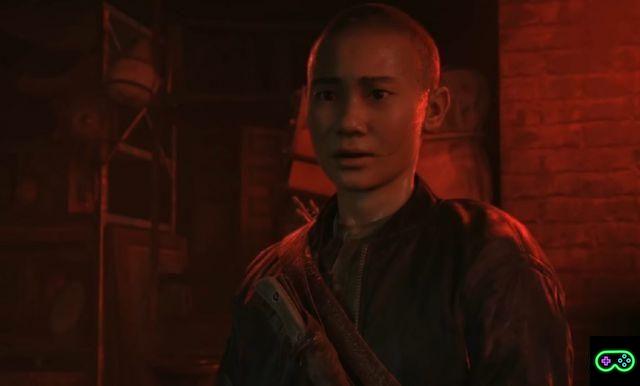
Naughty Dog managed to portray a transgender character such as Lev (formerly known as Lily) in fact, throughout the story, we gamers hardly question her sexual identity. We are not there to ask ourselves how it is right to call him, what are the correct pronouns to use, if what he is doing is right or wrong. It is his personal story and we accept it with tranquility: it works as a warning to make us understand that, fundamentally, we don't give a damn about what Lev was called before and that all the discussions, the indignation that flows on the Internet forums do not are worth nothing. Lev he is a character that works because he is extremely realistic and genuine, is the result of so much pain held inside and escalated into rebellion, in break of rigid schemes and in the search of one's self.

instead, Tell Me Why is a video game that acts as a bit of a real one turning point for the transgender community: for the first time in a mainstream video game, the protagonist is represented as transgender, not a side character, or even a cameo.
The sexual identity of Tyler, the protagonist of the game, however it is not the focus of the plot.
Tell Me Why is a story of ties, is based on the relationship of twins, their family, love and loss. Undoubtedly Tyler is a character who - in his development - has experienced suffering and then came to the liberating rebirth.
As he says Dani Crossin The digital fix, the acceptance of trans people is still an uphill path but something is slowly changing. Media such as cinema, TV series and video games are giving a great hand in this tiring path, and they are very influential media especially on the new generations of digital natives, and effective when it comes to describing a certain group of individuals. No longer sitcom characters, Cross reiterates, but characters from significant stories, which are worth telling, stories told to help and to be a "light" for people who are lost and who seek comfort in themselves, or useful for clarity. and bring people closer to a subject unknown to them.
In English there is a term that gives a great idea of what it means to tell a story like that of Tell Me Why o The Last Of Us Part II: push the boundaries.
Moving boundaries, overcoming limits, broadening horizons. Each story is knowledge, it is a means to travel and discover. In this historical period of uncertainty and total sedentary lifestyle, in which we are not allowed to travel, we gamers (and not only) have a great advantage: discovering and knowing different stories from our daily life, understanding all the nuances of human beings and being aware that there are other realities other than our little shell, that there are people who live and seek - with difficulty - their place in the world, after a thousand closed doors and a fundamental ignorance that is difficult to scratch.
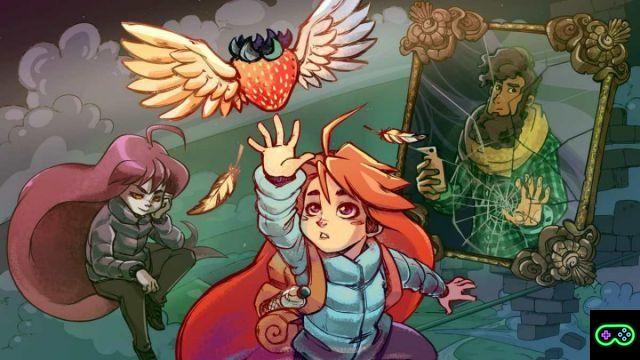
There is a case in the world of video games that is truly emblematic regarding the theme that involves indie celeste. Celeste is a platformer developed, as a prototype, during a game jam. The game was subsequently expanded and enriched, making its debut on the main videogame platforms in 2018. The story is about Madeleine, a girl suffering from depression who decides to climb a high mountain (one can think that the mountain is an allegory) to overcome her anxieties. She pulls herself together and begins to climb it, on her long journey she will find a young photographer (as well as secondary characters) with whom she will fall in love.
In the course of 2019, a DLC of Celeste is released titled Farewell, in which, in the form of a cameo, two flags are shown in Madeleine's room: one rainbow, the other with the identifying colors of transsexual pride. On the internet, users have flocked to dozens of forums: speculations, curiosities about Madeleine's alleged transsexuality.
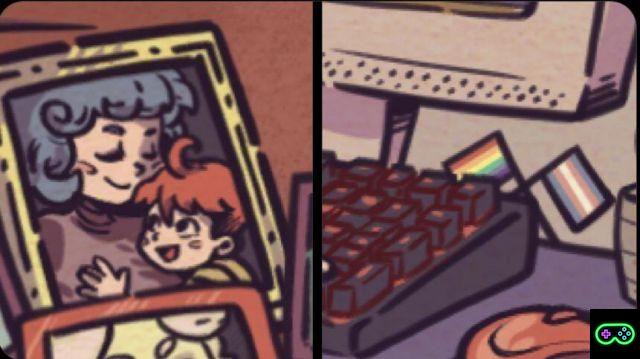
To "shut up" the community, Celeste's producer spoke about Madeleine's sexuality, identifying her as transgender.
During the development stages, Madeleine's background was very different, she was a depressed girl who went against a very complicated introspective path. Unknowingly, the girl's internal quarrels were the same as she lived Maddy Thompson, producer of the game, who was slowly discovering his identity. Now, Maddy identifies herself as non-binary changing his former first name (so-called, deadname). Celeste therefore had a double meaning: to be a guideline for any fragile person (not only for those in search of their sexual identity) but also a warning and a hidden intention on the part of Maddy, until then unaware of her fate.




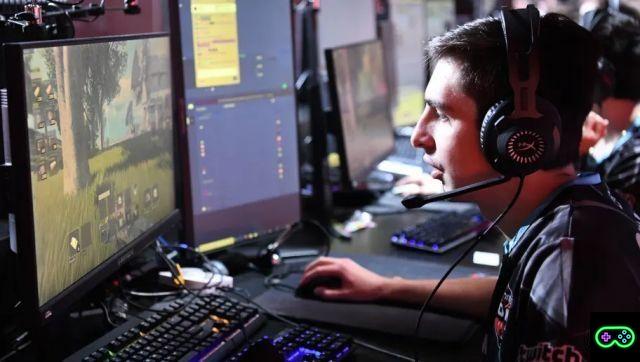
![[The Bear's Lair] God of War: Betrayal and Greek mythology](/images/posts/17432d3b12ecfec44b0b855d20c7520f-0.jpg)
